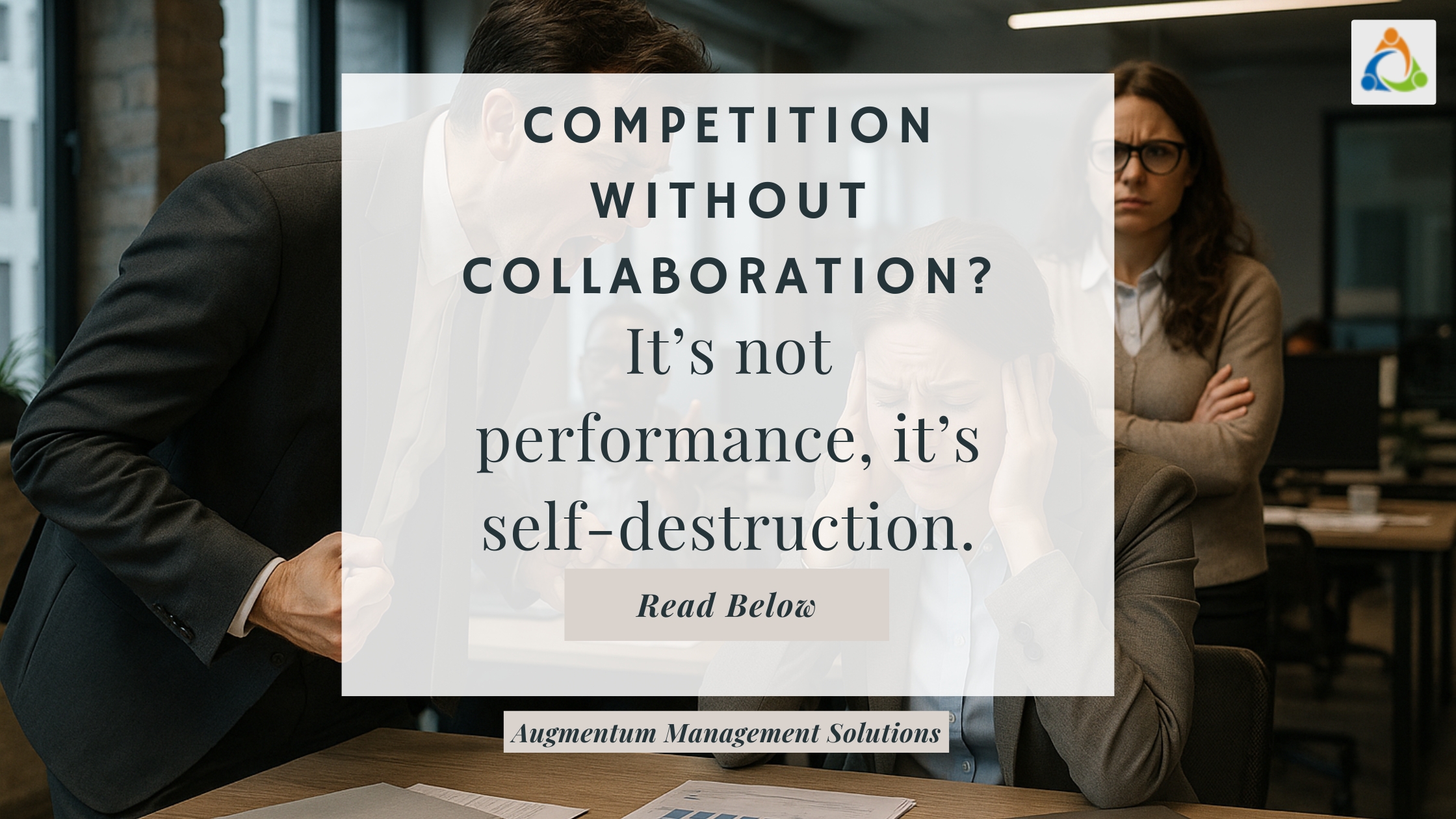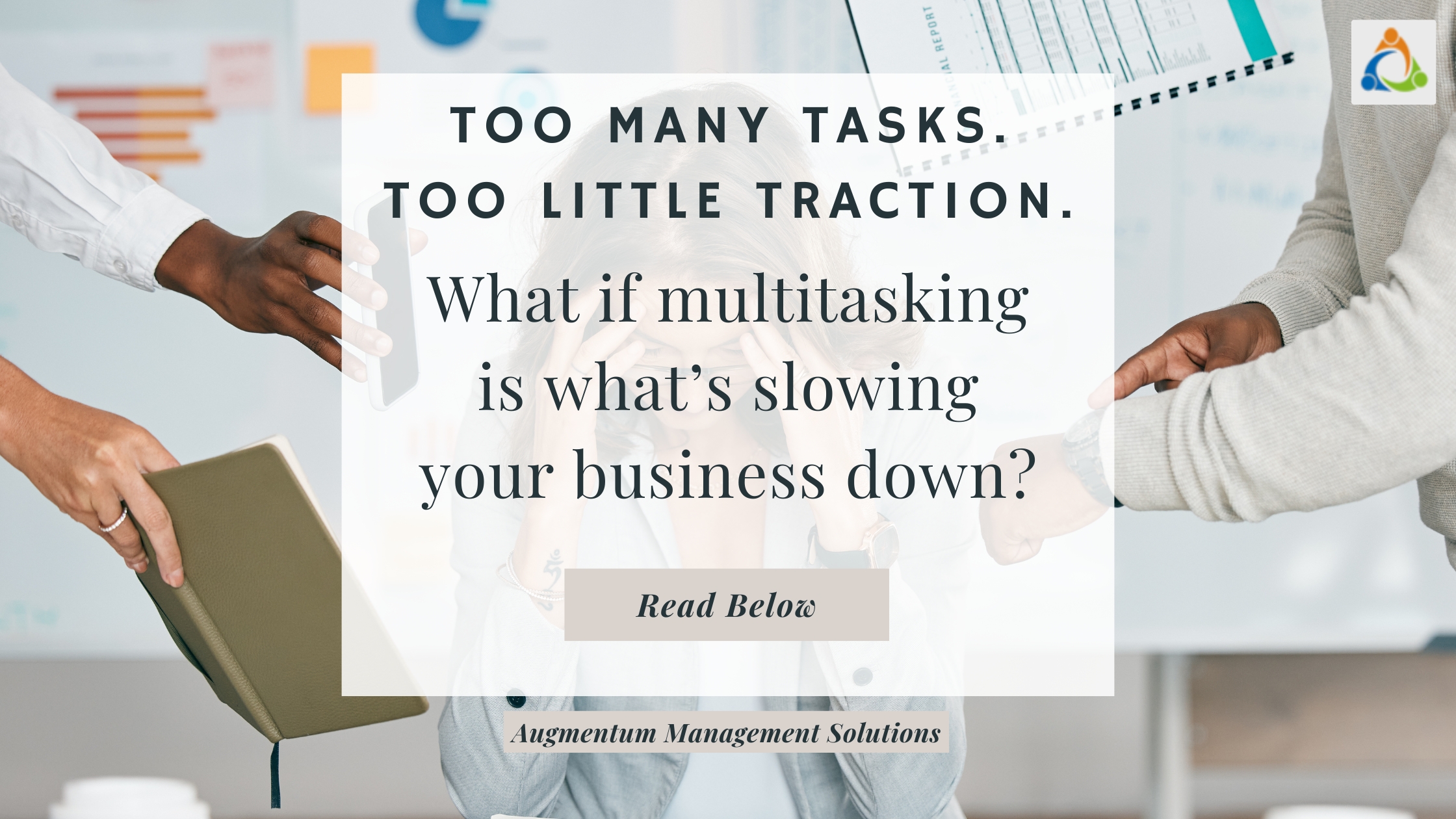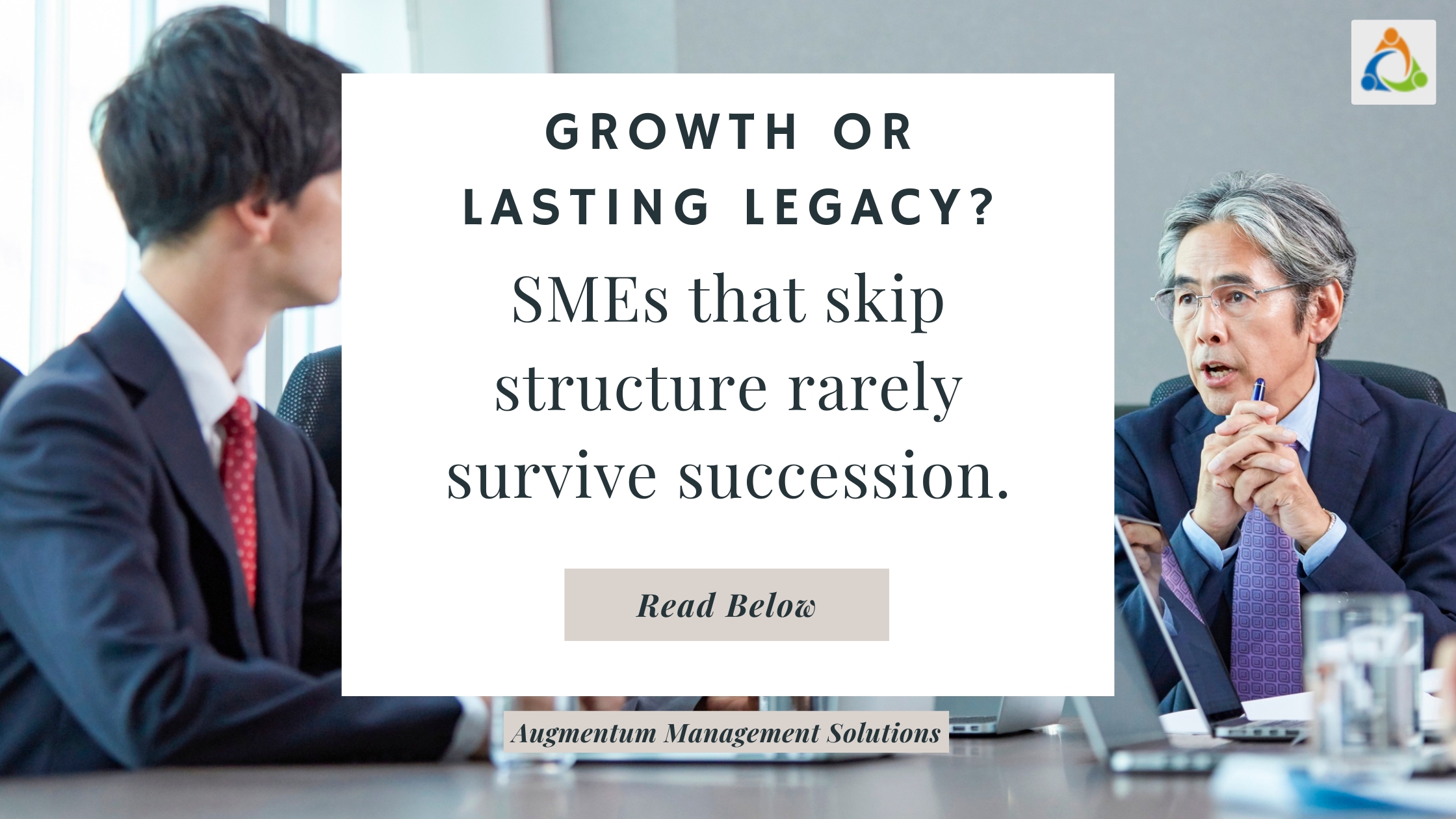Introduction
Ankush Patel, a visionary entrepreneur from Indore, founded his garment machine manufacturing unit in 2002 with a team of 40 employees. By 2016, the company’s turnover had grown to ₹30 crores, supported by a vast network of garment manufacturers and offices across various locations. Ankush’s ambition was to scale the business to ₹500 crores, leveraging a joint venture with an Italian company for technological and financial support. To realize his vision, Ankush set up a second, technologically advanced factory in 2008, appointing his nephew, Rakesh, as the CEO. However, despite investments in SAP and advanced machinery, execution issues and management challenges began to threaten the business.
The Challenge
Augmentum Management Solutions was brought in to address the growing concerns and create a roadmap for sustainable growth. After conducting interviews, process reviews, and technical audits, the following issues were identified:
- Organizational Imbalance:: Lack of a defined organizational structure, with unclear roles and responsibilities.
- Execution Delays: Absence of middle management and inadequate delegation, leading to bottlenecks.
- Ineffective SAP Utilization:: Poor process mapping and minimal understanding of ERP systems, resulting in duplicate efforts and bad accounting practices.
- Leadership Challenges Rakesh struggled with leadership traits, decision-making, and building team cohesion.
- High Attrition Rates:: Frequent reshuffling at senior levels and a lack of stability led to employee dissatisfaction.
- Inconsistent Management: Conflicting leadership styles from Ankush and Rakesh created confusion among employees.
- Process Gaps Lack of standard operating procedures (SOPs) and policy guidelines hindered efficient operations.
Solutions Implemented
Augmentum Management Solutions designed a phased approach to address these challenges and implement lasting solutions:
- Redefined Organizational Structure: Clearly defined roles and responsibilities, especially for senior management.
- Process and Policy Development : Created SOPs and mapped processes for smooth integration with SAP.
- Leadership Training : Conducted training sessions for Ankush and Rakesh to enhance their leadership skills and decision-making capabilities.
- Talent Acquisition:s : .Recruited key personnel for critical positions to strengthen the management team..
- ERP Integration : .Introduced a stage-wise implementation of SOPs and SAP to ensure gradual adoption.
- Regular Reviews and Accountability : .Held frequent review meetings with SAP consultants and department heads to track progress and resolve issues.
- Employee Engagement : Organized brainstorming sessions to foster a positive work environment and reduce attrition.
- KRA Alignment : Defined key result areas (KRAs) and planned their integration into SAP after a stabilization period.

Outcome
Within a year, the organization witnessed significant improvements:
- 40% Increase in Turnover :The company achieved its breakeven point and experienced substantial growth..
- Operational Stability : All key positions were filled, and the management team functioned cohesively.
- Expansion Plans : Ankush laid out plans for a new factory equipped with advanced machinery.
- Leadership Transformation : Rakesh developed into a competent leader, managing the unit independently.
Conclusion
Transitioning from SOP to SAP requires a blend of internal readiness, structured processes, and robust leadership. Ankush’s journey highlights the importance of aligning people, processes, and technology to achieve sustainable growth. Leaders must lead by example, making timely decisions and fostering a positive, collaborative culture.




